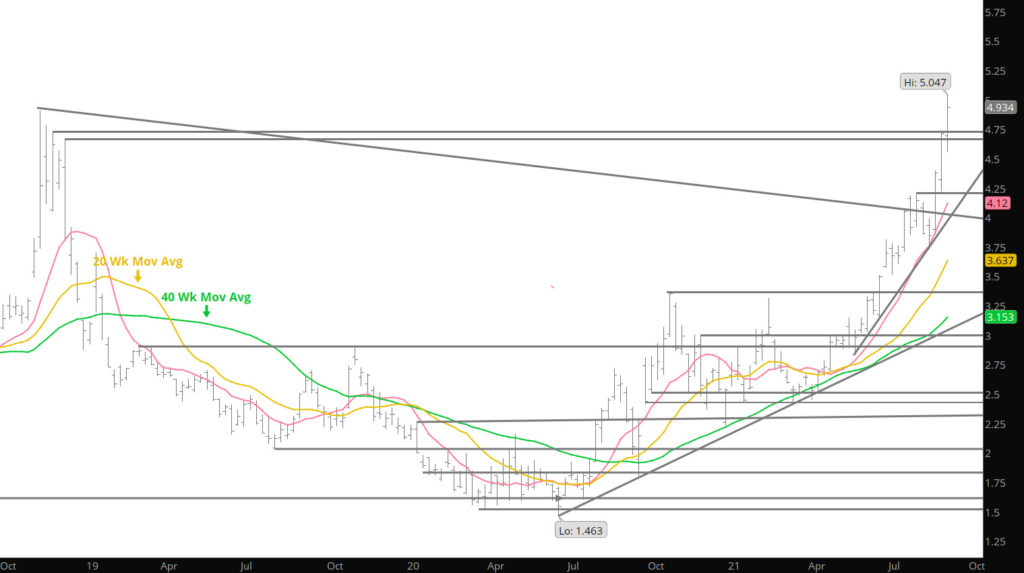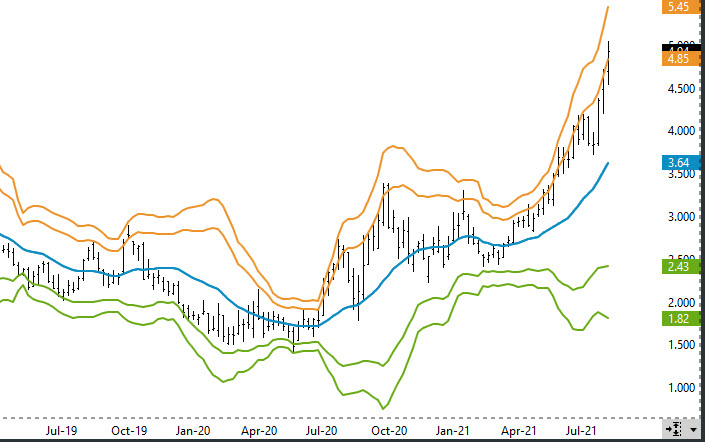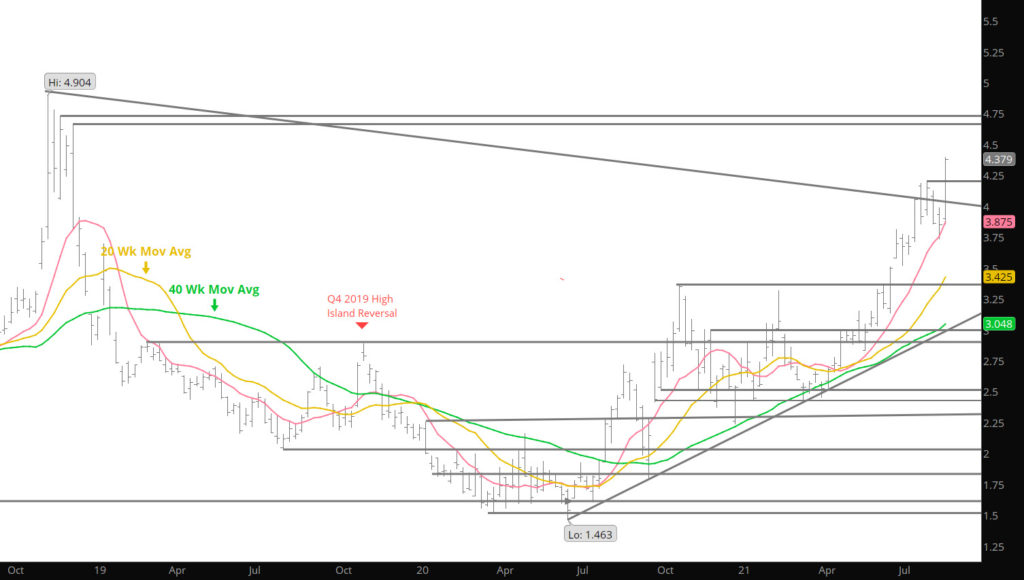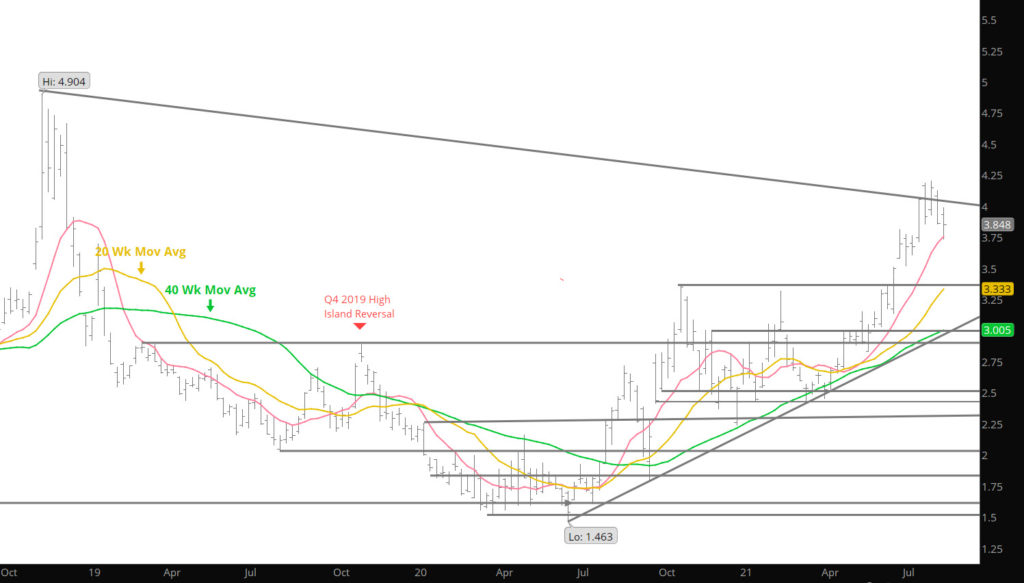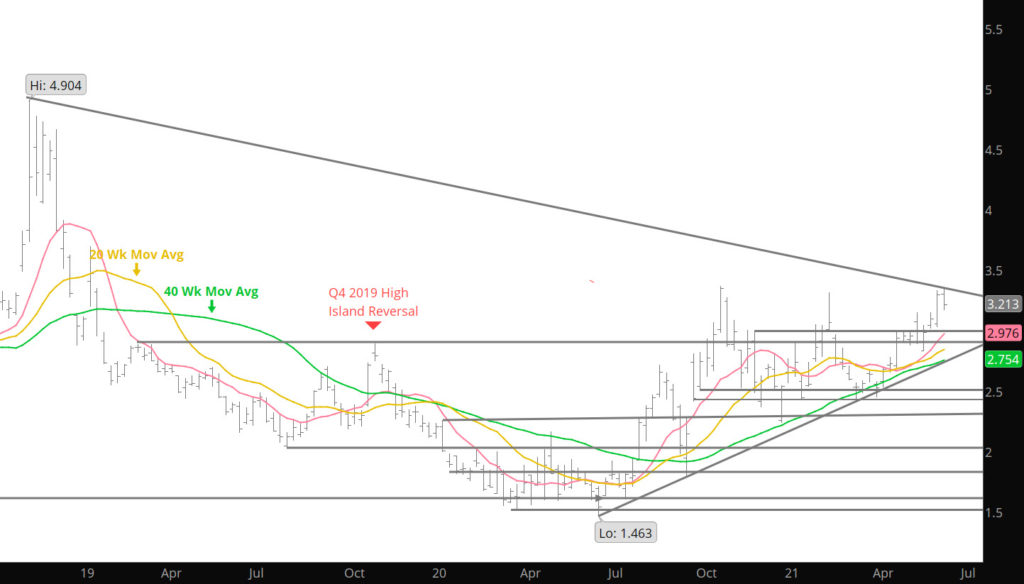Category: Weekly Detail
To read The Daily Call you must be a subscriber (Current members sign in here. ) Start your subscription today.
Risky Week With IDA
To read The Daily Call you must be a subscriber (Current members sign in here. ) Start your subscription today.
Strong Lower Lows
To read The Daily Call you must be a subscriber (Current members sign in here. ) Start your subscription today.
Historical Seasonal Weakness Begins
To read The Daily Call you must be a subscriber (Current members sign in here. ) Start your subscription today.
Yet Another New High
To read The Daily Call you must be a subscriber (Current members sign in here. ) Start your subscription today.
Declines Expected With Seasonal Weakness
To read The Daily Call you must be a subscriber (Current members sign in here. ) Start your subscription today.
Something Is Amiss
To read The Daily Call you must be a subscriber (Current members sign in here. ) Start your subscription today.
A Good Week to Go Fishing
To read The Daily Call you must be a subscriber (Current members sign in here. ) Start your subscription today.
The Bull Run Continues
To read The Daily Call you must be a subscriber (Current members sign in here. ) Start your subscription today.
July Contract Rally Has Work to Do
To read The Daily Call you must be a subscriber (Current members sign in here. ) Start your subscription today.

